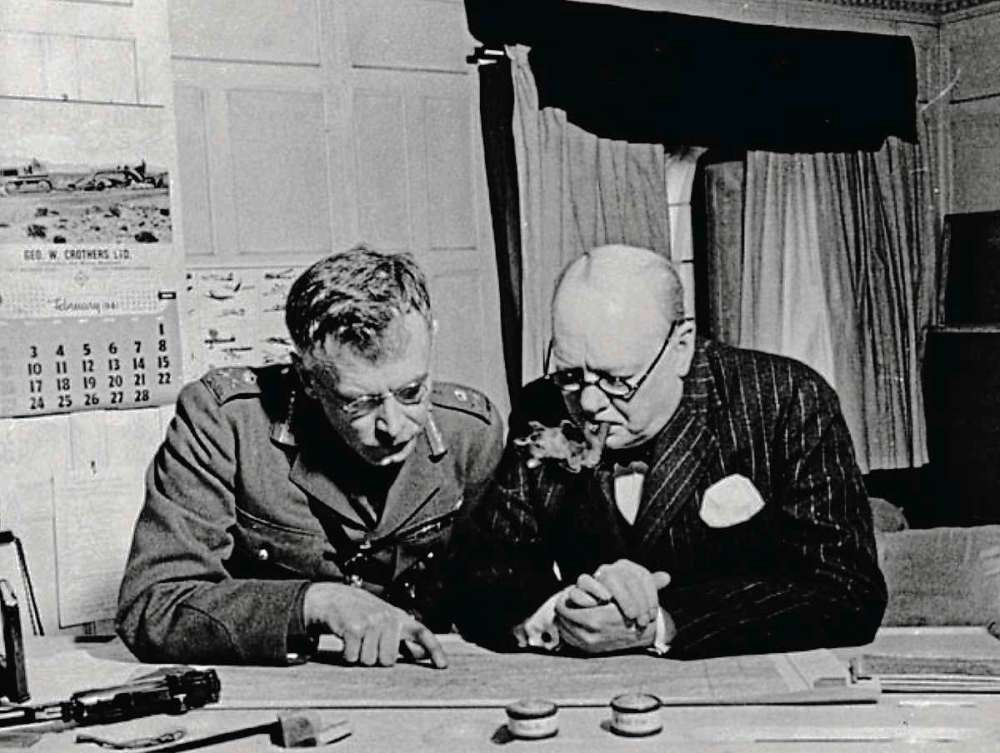The wartime origins of Winnipeg street names
Advertisement
Hey there, time traveller!
This article was published 02/09/2021 (1543 days ago), so information in it may no longer be current.
The two World Wars are reflected in Winnipeg area street names but not to the extent you might think due to a strong minority opinion at the time that naming things for ‘war heroes’ glorified the tragedies of war.

The West End’s Pine Street was famously renamed Valour Road in 1925 to commemorate former residents Leo Clarke, Frederick Hall, and Robert Shankland, who were awarded Victoria Crosses in separate actions during the First World War. It was an extraordinary coincidence considering only 73 Canadians received the medal during the campaign. Three city councillors spoke against the renaming bylaw. That same year, the city renamed The Mall to Memorial Boulevard when it was extended through to the Legislative building. The Tribune complained that it “has about five syllables too many” to be a suitable street name.
Few individual soldiers have had streets named for them. Transcona’s town council changed Royal Street to Moroz Street in 1959 to commemorate brothers Harry and Mike Moroz. The well-known athletes grew up nearby and neither survived the Second World War.
More recently, Prince Street in Point Douglas was renamed in 1991 to commemorate decorated Indigenous soldier Sargent Tommy Prince. In 2009, Water Avenue became William Stephenson Way for the Second World War spymaster.
Sir Winston Churchill, Britain’s wartime prime minister, managed to get two streets named after him. The first was Churchill Drive in the newly created Winnipeg subdivision of Riverview in 1941. For good measure, streets leading off Churchill Drive are named for Maj.-Gen. P. J. Montague, a former Manitoba judge and the senior officer at the Canadian military headquarters in London, and Lt.-Gen. A. G. L. McNaughton, commander of the Canadian Corps in Britain.
Also in 1941, residents of Sutherland Street in St. James were tired of having their mail and deliveries confused with Sutherland Avenue in Winnipeg. They convinced their city council to rename the street but with Churchill’s surname already taken, they opted for Winston.
Some wartime place names are commemorated in our streets. Suffolk Street, once “a crooked little street connecting the Winnipeg Canoe Club with the Elm Park district,” was renamed Dunkirk Drive in 1940. Residents had been seeking a name change and when the time came the top news story of the day was the evacuation of 330,000 Allied troops from the French port city of Dunkerque, hailed at the time by Allied leaders as a glorious victory. Others wanted to escape place names, as was the case with the two Berlins.
St. James’ Berlin Street didn’t sit well with some of its residents. It was changed to Lyle Street in 1917. In August 1915, Winnipeg city council decided that Elmwood’s Berlin Avenue had to go and suggested it be renamed for area alderman Alex McLellan. The matter was referred to the streets committee, but its members did not proceed claiming opposition from some residents of the tiny street. Berlin Avenue’s name managed to survive a second world war and still exists today.
Christian Cassidy is a Manitoba Historical Society council member and a proud resident of the West End. He has been writing about Winnipeg history for more than a decade on his blog, West End Dumplings.




